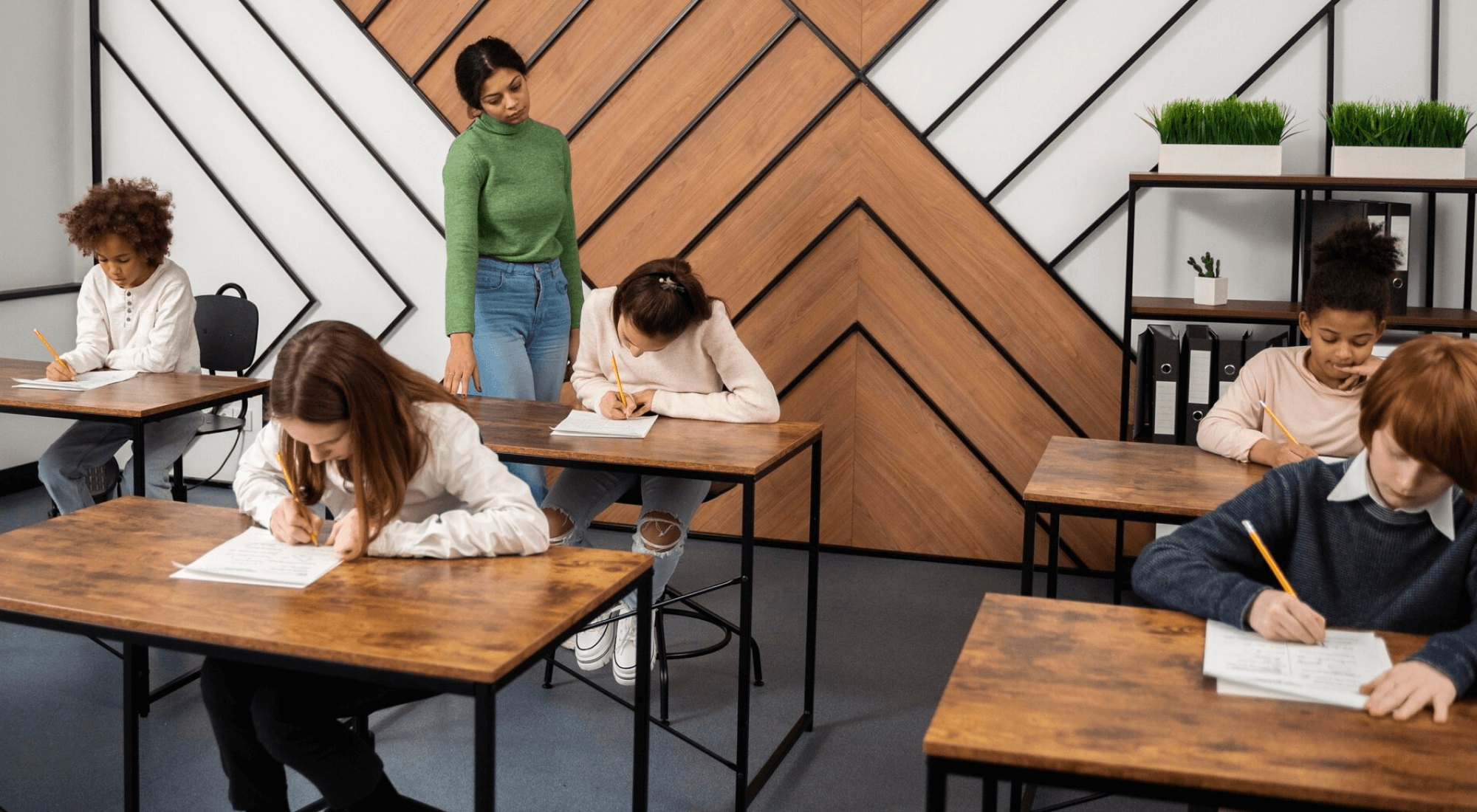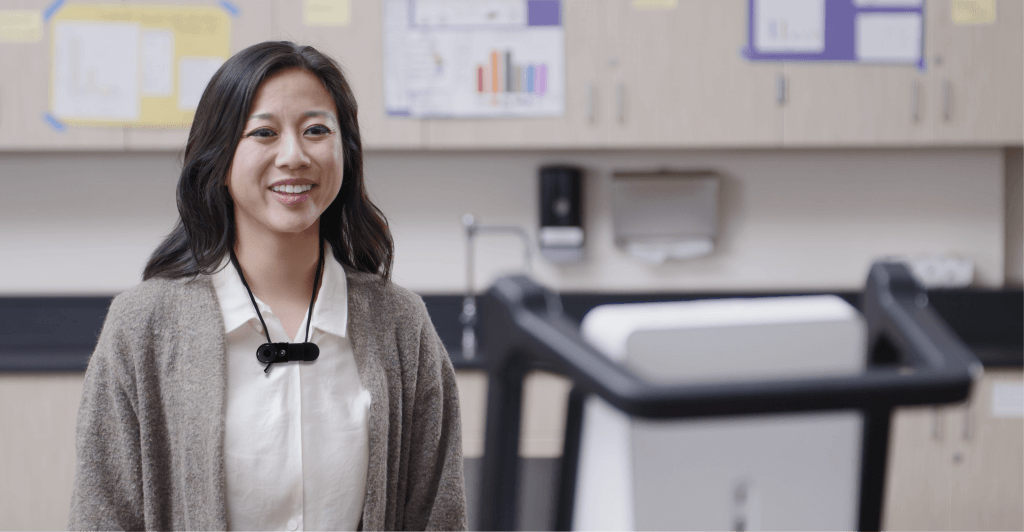
Think back to a time when your district spent a sizable chunk of the budget on a shiny new Edtech platform, one that was supposed to transform student engagement and revolutionize learning.
The buzz was palpable—teachers were trained, students dove in, and expectations were sky-high.
But as the school year unfolded, the excitement waned. You kept an eye on the data, waiting for that surge in student achievement. But when the results finally trickled in, they were lukewarm at best.
Three years down the road, all you were left with was a hefty bill and a nagging question:
What went wrong?
If this scenario sounds familiar, you’re not alone. Across the nation, district leaders are pouring millions into Edtech solutions that promise to engage students and boost their learning outcomes. Yet, despite these investments, student performance—especially test scores—remains frustratingly stagnant.
The issue isn’t just about choosing the right tools or implementing them effectively. The real problem runs much deeper.
Here’s the truth:
Your Edtech investments aren’t delivering results because schools are focusing too much on enhancing the learning experience and not nearly enough on fostering students’ ability to reflect on their learning.
Placing all your eggs in the experience basket
Over the past decade, there’s been a growing obsession in schools with improving the “experience” of learning. From interactive whiteboards to one-to-one device programs and engaging educational apps, the push has been to make learning more dynamic and stimulating.
The logic is simple—engage students more effectively, and they’ll learn more. But this approach misses a crucial element: the need for students to mentally process and reflect on what they’re experiencing.
Think about it—schools spend vast sums on devices and platforms designed to capture students’ attention. These tools might make learning more engaging in the moment, but what happens once the lesson is over? Too often, the knowledge and skills gained during these experiences slip away, never fully integrated into a student’s understanding.
Without reflection, these enhanced experiences are like water poured into a leaky bucket. The investment is made, the effort is exerted, but the results fail to materialize.
Reflection: the missing piece

The solution lies in a time-tested educational principle: reflection.
“We do not learn from experience… we learn from reflecting on experience.” This quote is often attributed to psychologist and educational reformer John Dewey (though it never appears in his work verbatim).
Reflection involves stepping back from what we’ve done or learned, critically analyzing it, and drawing conclusions that we can apply in the future. It’s through reflection that students solidify their learning, connect new knowledge to what they already know, and develop a deeper understanding of the material.
Research backs this up.
A meta-analysis of 25 studies found that reflective practices significantly enhance academic achievement. Students who regularly reflect on their learning outperform their peers in understanding, retention, and application of knowledge.
However, reflection doesn’t come naturally to most students. It requires guidance, structure, and—critically—time, a resource that’s often in short supply in today’s fast-paced educational environments.
Despite its proven benefits, reflection remains underutilized in schools. The focus continues to be on delivering ever more sophisticated learning experiences, in the hope that something will eventually stick.
At the same time, there is a growing consensus that this approach isn’t working.
Without the critical step of reflection, even the most engaging learning experiences fail to make a lasting impact, perpetuating a cycle of lackluster improvements in student outcomes.
How to invest in reflection
If districts truly want to see a return on their Edtech investments, they need to start prioritizing reflection as a core component of the learning process.
This doesn’t mean abandoning efforts to enhance the learning experience. Instead, it means accompanying those efforts with opportunities for students to reflect on what they’ve learned.
To invest effectively in reflection, schools must first make it a regular part of the educational routine. This could take the form of daily or weekly reflection sessions, where students are encouraged to think about what they’ve learned, how they’ve learned it, and what it means for their future learning. These sessions should be structured with prompts that provoke deep thinking and help students make connections between different areas of knowledge.
Moreover, reflection must be accessible to all students.
This means providing the necessary support for those who struggle with reflective practices, perhaps through the use of AI-powered tools that can guide and enhance the reflective process. When used correctly, technology can play a crucial role in making reflection a scalable and measurable part of education.

Summing it up
The reason your Edtech investments aren’t improving student outcomes isn’t because of the tools themselves. It’s because the critical component of reflection is missing from the equation.
By shifting focus towards incorporating structured reflection into the learning process, districts can finally begin to realize the full potential of their investments.
So, the next time you’re considering pouring money into a new Edtech solution, ask yourself:
How will this tool help my students reflect on their learning?
Only by answering this question can you ensure that your investments lead to real, measurable improvements in student outcomes.
Want an easier way to enhance reflection in your schools?
You could spend months in PD workshops, mandate video or written reflections, and burden overworked teachers with more grading—or you could keep it simple.
MirrorTalk automates reflection for students and teachers, making it a powerful part of the daily routine. In just 2 minutes, teachers can set up an AI-driven reflective assignment. Students receive instant feedback, and teachers gain a dashboard full of insights to track content mastery, challenge levels, and learning mindsets.
Learn about our pilot program and bring MirrorTalk to your school.